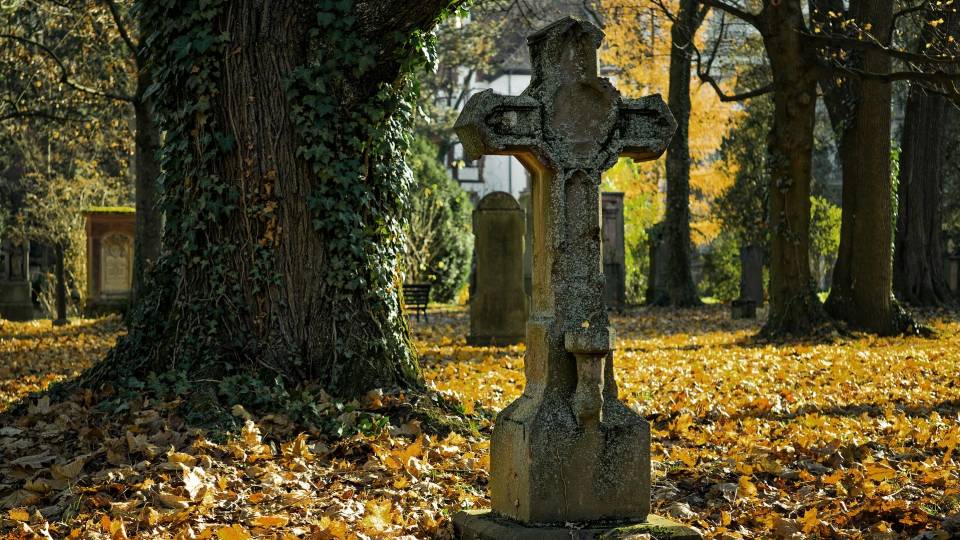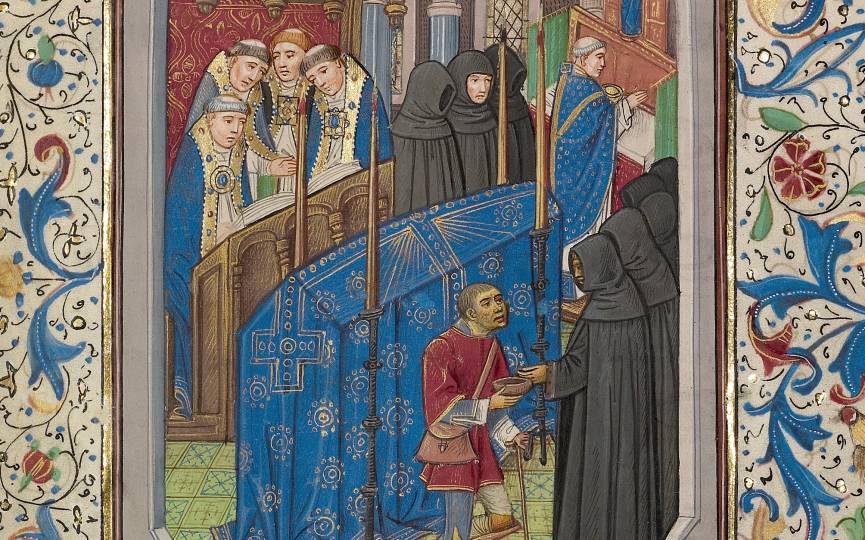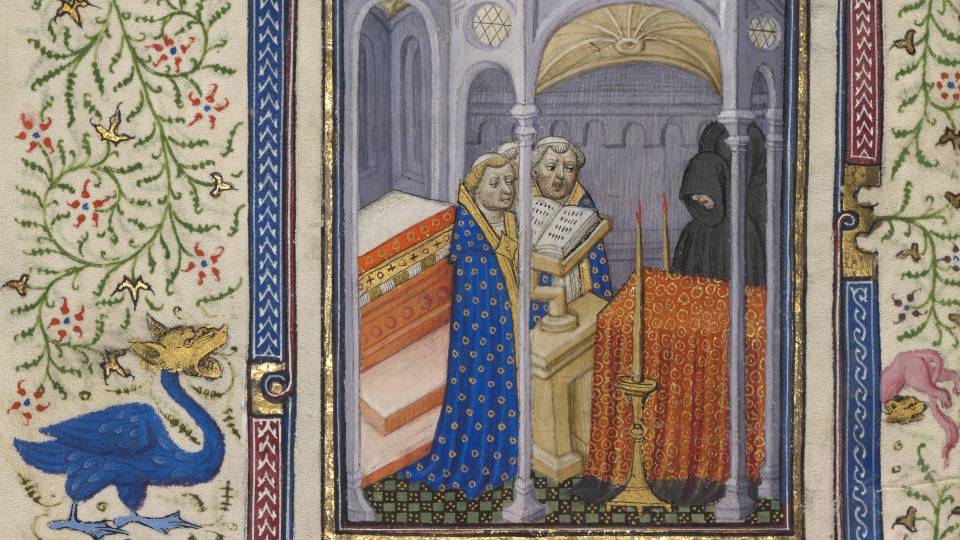SEARCH

This week, the Roman Catholic Church celebrates what has been known among English-speaking Catholics as “All Hallowtide,” which consists of two feast days associated with Christians who have died. The first of these is the Feast of All Saints on November 1, which celebrates the “Church Triumphant”, meaning the souls who now dwell with God in Heaven. This day is also referred to as the Feast of All Hallows, as “hallow” means something sacred and is a synonym for “saint”. Liturgically, each day begins with Vespers, the office of prayer around sunset, the evening before, which is why the night of October 31 is called “All Hallows’ Eve” or Hallowe’en. On November 2, following All Saints’ Day, the Church celebrates the Feast of All Souls, which is a commemoration of all of the faithful departed, not just those souls who are saints with God in Heaven. There is actually quite a sharp contrast between the liturgical celebrations of these two feast days, even though they are closely related. All Saints’ Day is joyful and upbeat, the liturgical colour is white, and the full ceremonial is permitted for the Mass, as at any Sunday Mass or typical feast day. The tone is more celebratory, honouring the final triumph of those members of the Body of Christ who have passed from their mortality into eternal life. It is a Solemnity, meaning it is one of the higher feast days, and is considered to be a Day of Obligation in many provinces of the Catholic Church. The origin of the Feast of All Saints isn’t easy to trace, but it may be related to Pope Boniface IV consecrating the Pantheon in Rome to the Virgin Mary and the martyrs in the 7th century AD, and ordering that the anniversary of this be celebrated every year on May 13. The Byzantine Church celebrates a feast for all of the saints on the first Sunday after Pentecost, so it’s possible the eastern feast influenced the western one. In the 8th century, Pope Gregory III instituted the Feast of All Saints in its current form on November 1. All Souls’ Day is a much more sombre occasion, imitating a requiem or funeral liturgy, but instead of being for one person near the time of their death, it is offered for all of the faithful departed. The bond between all of the faithful as the Body of Christ is not broken by death, and as Catholics, we believe that our prayers can help those who died with sin still weighing on their souls. Unlike the Feast of All Saints, All Souls’ Day is not a joyful celebration but a solemn liturgy for the dead. Many parishes have a book where people can write the names of loved ones who have recently died, and parishes pray for those whose funerals have taken place there in the past year. The liturgy is simple and stripped down, with homilies reflecting the reality of purgatory and the importance of praying for those members of the Body of Christ who have died.The mighty trumpet’s dolorous tone Shall pierce through each sepulchral stone And summon men before the throne
– from the Dies Irae sequence hymn for All Souls’ Day

Grant to all, O Saviour Blest Who die in you, the saints’ sweet rest
– from the Dies Irae
